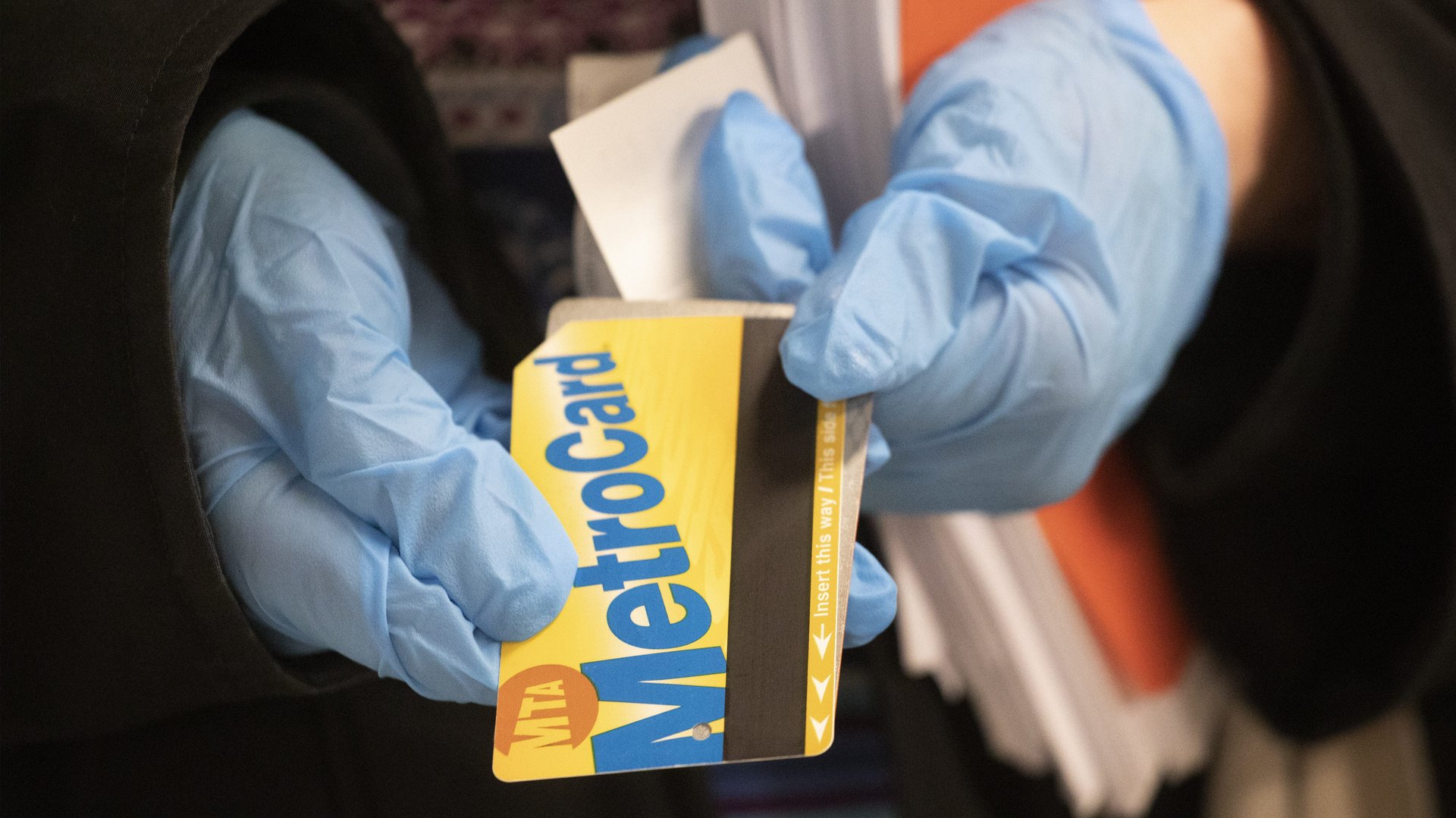There have been bigger drops in New York City subway ridership in rich areas than poor ones
New Yorkers are starting to avoid the subway—especially if they have the means to explore other transit options, or stay home.


New Yorkers are starting to avoid the subway—especially if they have the means to explore other transit options, or stay home.
According to Quartz’s analysis of data released by the Metropolitan Transit Authority, morning trips on the subway fell by about 2.5% on March 5th compared to Feb. 27th, both Thursdays.1
In 79% of stations, there were fewer morning entries than the week prior. The change in ridership has not been felt equally across the city, however. Stations in richer areas had sharper ridership declines.
For stations located in US Census tracts with a median household income of more than $100,000, the average decline was 6.7%, compared to 2.5% at stations in tracts with a median household below $100,000, according to figures in the 2018 5-year American Community Survey. The median stop had a 3.5% decline.
This could be because richer families in the US are much more likely to be able to work from home than poorer ones. People in higher-income neighborhoods are also more likely to be able to afford pricier private transit, such as ride-hailing services or taxis. More than that, they are likelier to be employed, with the coronavirus therefore interrupting more morning commutes.
On the morning of Friday, March 6—the most recent data available—change in morning traffic varied greatly. While 43 stations saw a 10% decline in entries compared to the previous Friday, at six stations, traffic rose by 10%.2
The MTA is missing data for a small number of stations, but our estimates account for over 97% of all stops. An MTA spokesman has also acknowledged the “limited decline” in ridership, while officials have asked the sick to stay off trains. Sufficiently robust household income data for two-person households exists for 366 of the 450 stations whose entries we examined.